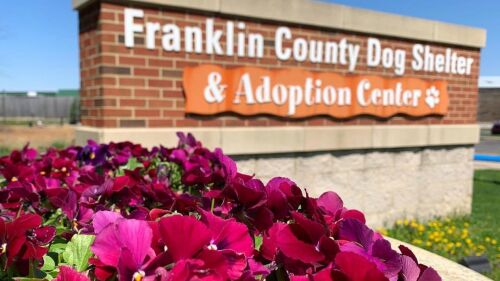Mayor Andrew Ginther recently took the stage at Lincoln Theatre to deliver the 2024 State of the City address. This annual speech discussed many of Columbus’ achievements, but it also highlighted areas where the city aims to improve.
Ginther spoke about topics he believes will impact Columbus for the next 10-15 years and described this period as a “decade of action.” Specifically, he emphasized three key areas.
Safety
This year, Columbus allocated $750 million to public safety efforts, as it remains an ongoing priority. With this investment, the city has increased the number of police recruits and improved its ability to track weapons associated with crimes.
To further its investment, the city is working to build new police and crime-solving facilities in Hilltop and North Linden, though those complexes are expected to require three years to complete.
Transit
There could be as many as one million new residents in the Columbus area in the next 25 years, and that could mean many new cars on the road. To help prepare for this, the LinkUS plan is proposing mobility solutions.
Ginther emphasized the Bus Rapid Transit plan, which could bring five transit lines to Central Ohio — the first line could open in Columbus in late 2027. The city is also pedaling forward with plans to add up to 500 miles of bikeways, sidewalks, and trails throughout Central Ohio.
Housing
With the expected rise in population, Columbus also anticipates the housing demand will rise. To address this, the city is revising its zoning guidance for the first time in 70 years, with the goal of building 200,000 new housing units over the next 10 years. This ongoing effort — known as Zone In — could divide the city into six zoning districts, allow for taller developments, and incentivize construction that incorporates affordable housing.











